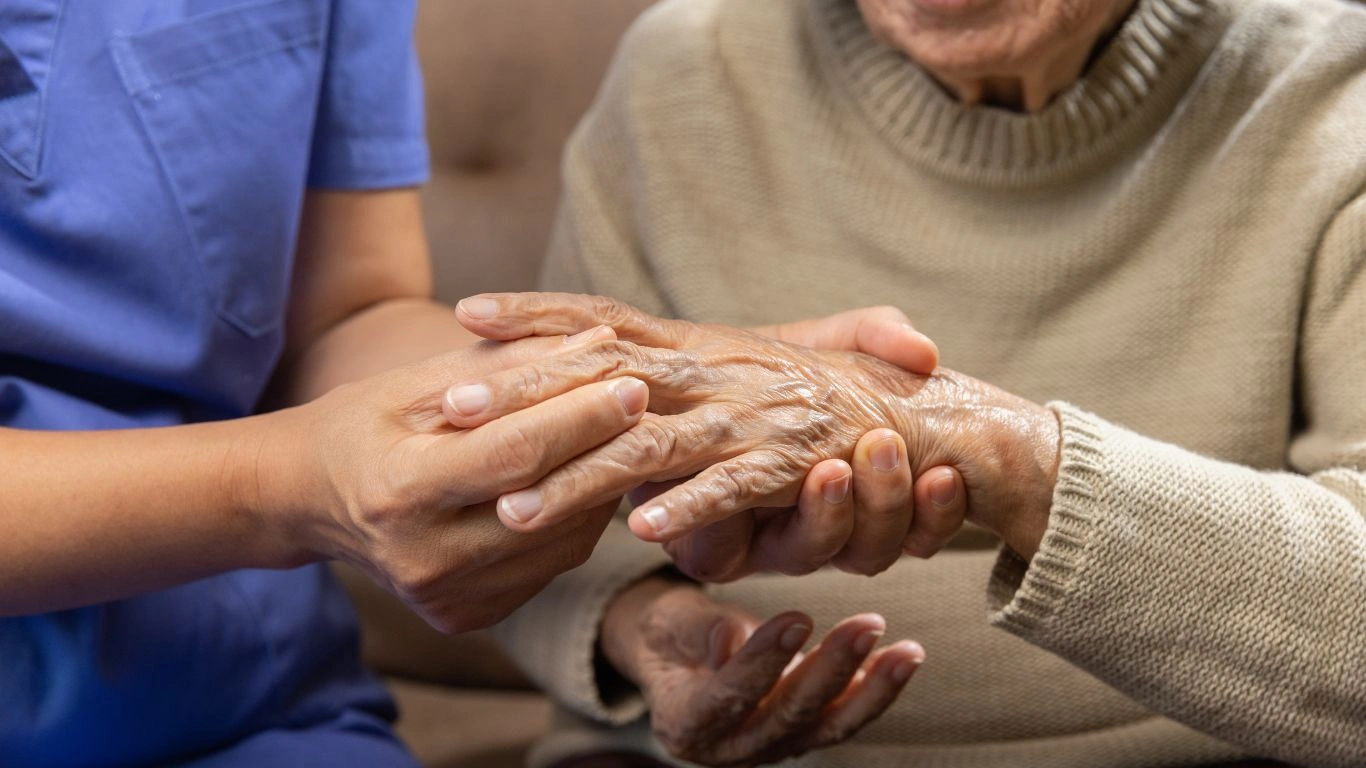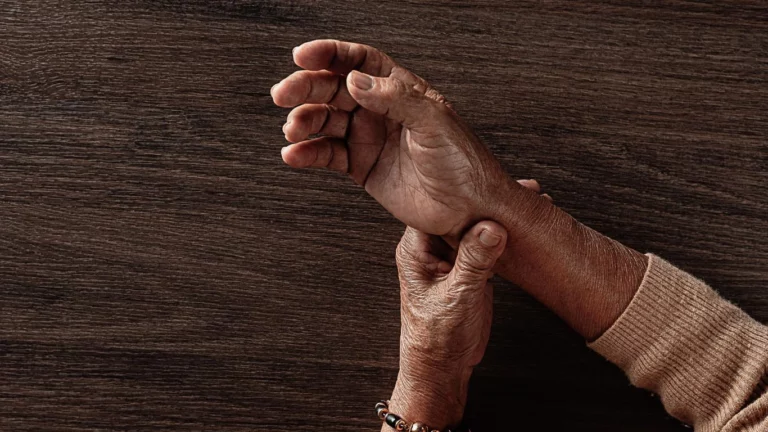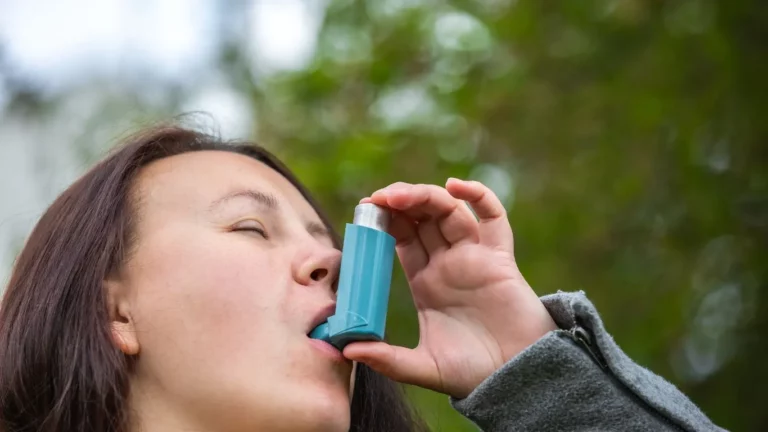Struggling with RA in Hot Weather? Try These Powerful Relief Tips!
Summer can be brutal when you have rheumatoid arthritis (RA). The sweltering heat, relentless humidity, and soaring temperatures can make joint pain and fatigue even worse. If you’ve ever found yourself dreading summer because of RA flares, trust me, you’re not alone. As someone who has spent years helping patients navigate these seasonal struggles, I’ve seen firsthand how tricky it can be. But here’s the good news—you don’t have to suffer through it. In this guide, we’ll dive into how to manage rheumatoid arthritis in hot weather with practical, real-life strategies that can actually make a difference.
Why Does Hot Weather Worsen Rheumatoid Arthritis?

Let’s talk science for a second. Some people assume cold weather is the biggest enemy for RA sufferers, but high temperatures and humidity can be just as brutal. Here’s why:
- Dehydration: Hot weather makes you sweat more, which can lead to dehydration. When your body lacks fluids, it can trigger increased inflammation and joint pain.
- Blood Vessel Expansion: Heat causes blood vessels to expand, which can result in swollen joints, making movement stiff and painful.
- Fatigue Amplification: RA already zaps your energy, but add heat exhaustion to the mix, and you might feel completely wiped out.
- Medication Sensitivity: Some RA medications can make you more sensitive to sunlight, increasing the risk of overheating and sunburn.
Understanding these factors can help you take proactive steps to stay ahead of potential flares.
Hydration: The Secret Weapon Against RA Flares
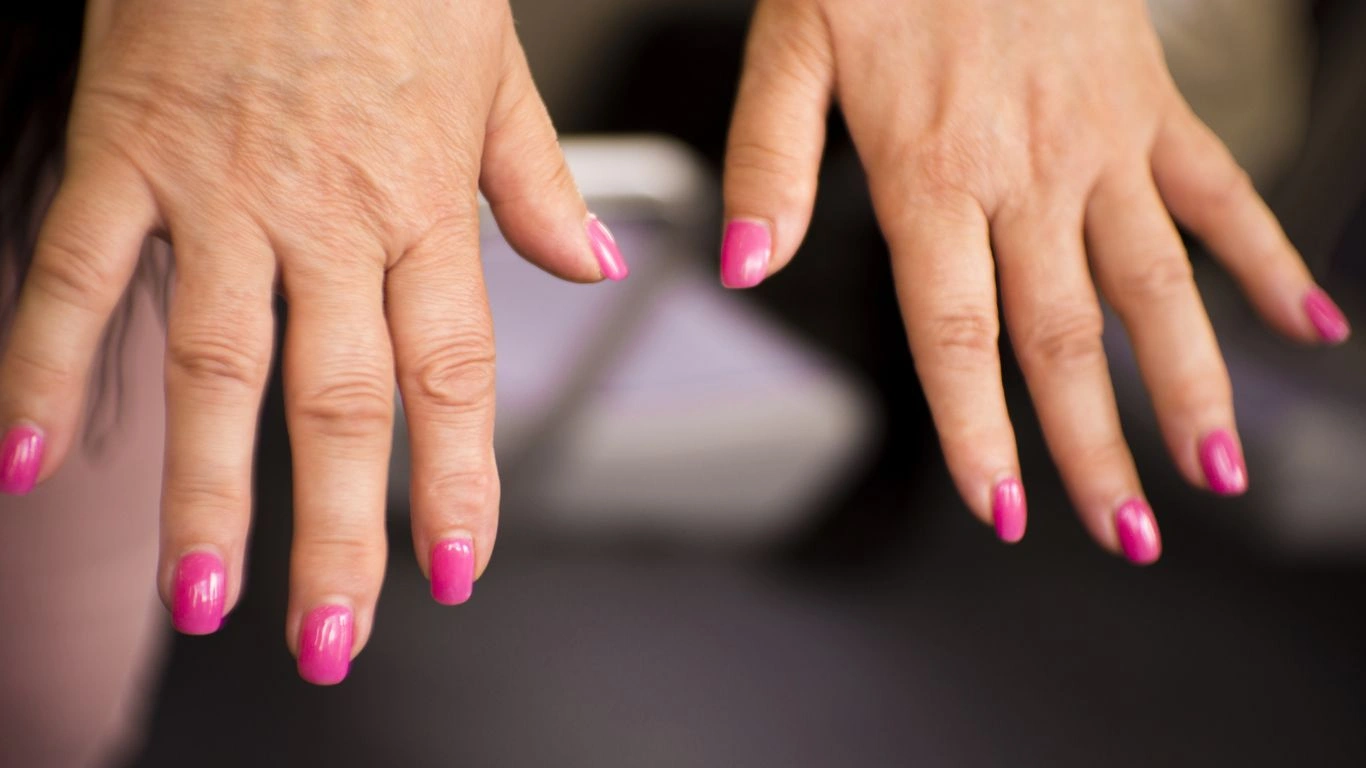
If there’s one simple yet powerful thing you can do for your RA during the summer, it’s staying hydrated. Dehydration can worsen inflammation, increase stiffness, and drain your energy. But don’t just rely on plain water—mix it up with these hydrating options:
Best Drinks for Hydration
- Electrolyte-infused water: Helps replenish lost minerals and keeps your body balanced.
- Herbal teas: Chamomile or ginger tea can help with inflammation while keeping you hydrated.
- Coconut water: A natural source of electrolytes that can prevent dehydration.
- Fruit-infused water: Adding lemon, cucumber, or berries makes drinking water more enjoyable.
Hydration Habits to Adopt
- Keep a water bottle with you at all times. I personally love using a temperature-controlled bottle to keep my drinks cool.
- Set reminders on your phone to drink water every hour.
- Avoid caffeine and alcohol—they’re dehydrating and can make inflammation worse.
Hydration alone won’t solve everything, but trust me, it’s a game-changer in reducing summer RA flares.
Cooling Strategies to Keep Joint Pain in Check
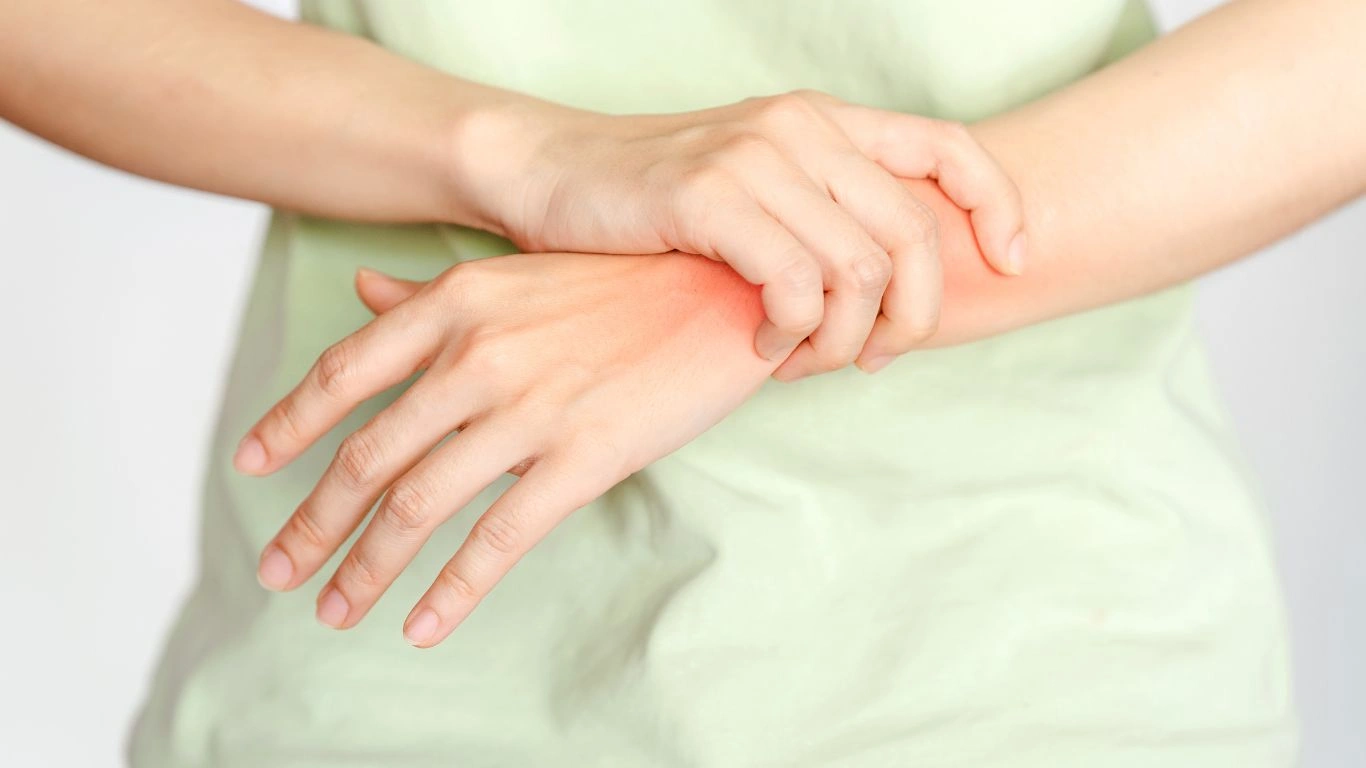
When temperatures soar, cooling techniques can make all the difference in managing RA symptoms. I always recommend having a go-to cool-down routine for those scorching days.
Wear Breathable, Lightweight Clothing
Heat can make joints feel swollen and stiff, but wearing the right fabrics can help. Opt for:
- Moisture-wicking fabrics that pull sweat away from your skin.
- Loose-fitting clothing to improve air circulation.
- Light-colored outfits to reflect heat rather than absorb it.
Use Cooling Products
Cooling items are lifesavers in the summer heat. My personal favorites include:
- Cooling towels: Drape one around your neck for instant relief.
- Ice packs: Apply to swollen joints for 10-15 minutes.
- Misting fans: A quick spritz of cool water feels amazing on a hot day.
Take Advantage of Water Therapy
Swimming or even soaking in a cool bath can do wonders for inflamed joints. Water therapy can:
- Reduce swelling by providing gentle compression.
- Improve mobility without putting extra pressure on your joints.
- Help regulate body temperature and prevent overheating.
Finding the right balance between staying cool and keeping active is key. Don’t push yourself too hard in the heat—listen to your body!
Smart Lifestyle Adjustments for RA Relief in Hot Weather
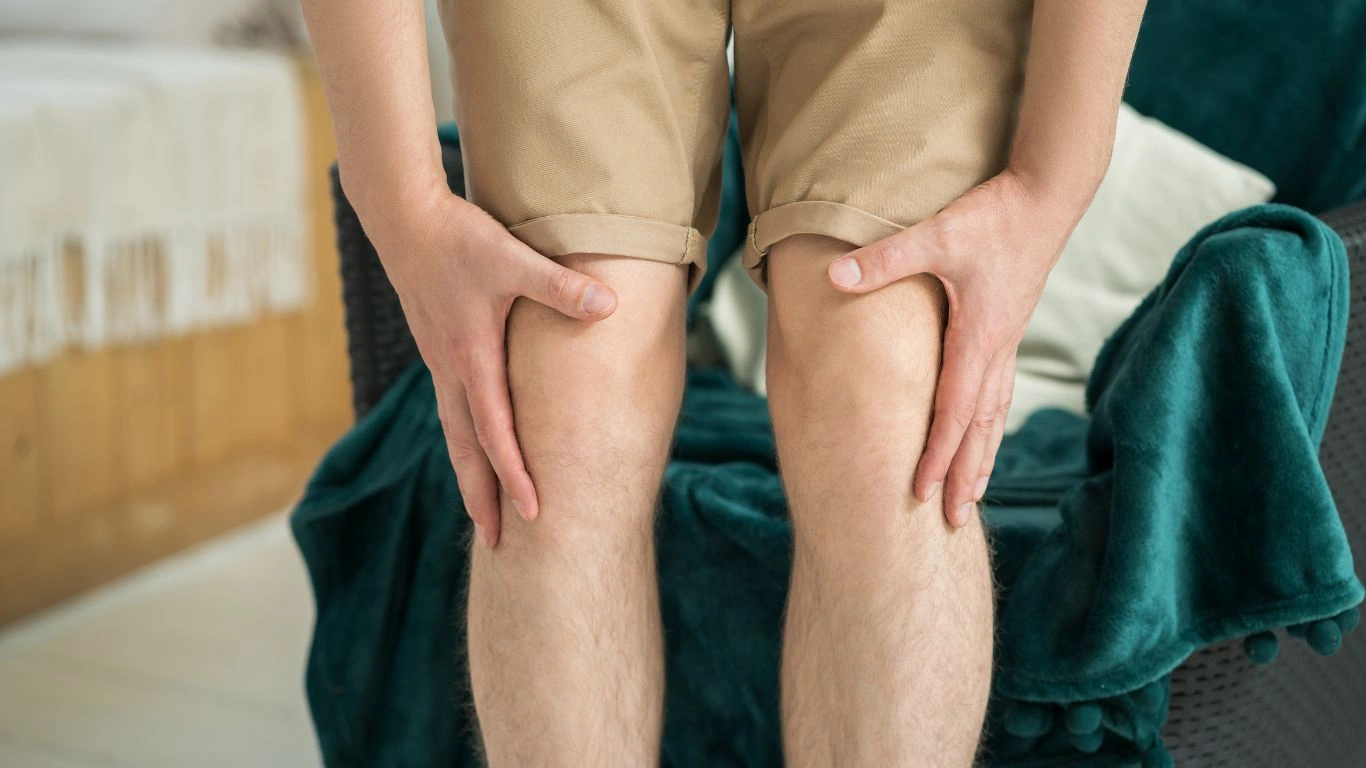
When the summer heat is relentless, sometimes the best way to manage rheumatoid arthritis is by making small but impactful lifestyle tweaks. Trust me, these little changes can go a long way in keeping your symptoms under control. The trick is to work with the weather rather than against it.
Adjust Your Daily Routine
The heat is often most intense between 10 AM and 4 PM, which can make any physical activity—even the simplest ones—feel like a battle. Here’s what I recommend:
- Get moving early in the morning or later in the evening when it’s cooler outside.
- Plan rest breaks throughout the day, especially after any physical effort.
- Use fans or air conditioning to keep indoor temperatures comfortable.
- Listen to your body—if you’re feeling sluggish, take it easy. Pushing through the heat can trigger a flare-up.
Modify Your Diet to Combat Inflammation
What you eat can have a huge impact on how your body responds to heat and inflammation. I always tell my patients to prioritize anti-inflammatory foods during the summer months.
Foods to Include
- Leafy greens like spinach and kale, packed with antioxidants.
- Omega-3-rich foods such as salmon, walnuts, and flaxseeds.
- Water-dense fruits like watermelon, cucumber, and oranges to help with hydration.
- Turmeric and ginger, both known for their natural anti-inflammatory properties.
Foods to Avoid
- Processed sugars that can increase inflammation and worsen joint pain.
- Fried or greasy foods, which can make you feel sluggish and bloated.
- Excess caffeine, which can dehydrate you and trigger fatigue.
Eating the right foods won’t just help with RA—it’ll also give you more energy to enjoy your summer without constantly feeling drained.
Protecting Your Joints While Staying Active

We all know that staying active is crucial when managing rheumatoid arthritis, but in hot weather, exercise can feel impossible. The good news? You don’t have to abandon movement completely—you just need to be strategic about it.
Best Summer-Friendly Exercises for RA
- Swimming: One of the best low-impact exercises that cools your body and eases joint stiffness.
- Yoga and stretching: Helps with flexibility without putting stress on inflamed joints.
- Short, low-impact walks: Stick to shaded areas and wear supportive shoes to minimize discomfort.
- Resistance band workouts: A great way to build strength without overexertion.
Tips to Stay Comfortable While Exercising
- Dress for the weather: Lightweight, breathable fabrics help regulate body temperature.
- Keep a cold water bottle nearby: Sip frequently to prevent dehydration.
- Use cooling wraps or ice packs: Apply to your joints post-workout to reduce swelling.
- Listen to your body: If you start feeling overheated or fatigued, stop and rest.
Exercise should leave you feeling better, not worse. So don’t push yourself too hard, and always modify movements to suit your comfort level.
Managing RA Fatigue in Hot Weather
One thing I hear over and over from people living with RA during summer is: “Why am I so exhausted all the time?” Heat and humidity can zap your energy levels faster than usual, making even the simplest tasks feel overwhelming.
How to Combat Summer Fatigue
- Stick to a consistent sleep schedule: Aim for 7-9 hours of quality sleep each night.
- Take short naps: A 15-20 minute power nap can help you recharge without making you groggy.
- Pace yourself: Don’t try to do everything at once—spread out tasks throughout the day.
- Stay cool: Overheating can lead to extreme fatigue, so use fans, cool showers, and lightweight clothing.
RA fatigue is real, but managing it proactively can make your summer days more enjoyable and less exhausting.
Case Studies & Real-Life Examples

Sometimes, the best way to understand how to manage rheumatoid arthritis in hot weather is by learning from others who have been in the same boat. Here are a few real-life examples of individuals who found creative ways to stay comfortable and minimize flare-ups during summer.
Sarah’s Story: Beating the Heat with Smart Planning
Sarah, a 52-year-old teacher, noticed that her RA symptoms spiked every summer, especially during long days in the classroom. She decided to take a proactive approach:
- Started using a cooling vest to keep her body temperature stable during her commute.
- Adjusted her work schedule to include breaks in an air-conditioned space.
- Switched to a plant-based, anti-inflammatory diet to reduce swelling and joint pain.
Within weeks, Sarah found that her energy levels improved, and her mid-day fatigue decreased.
Michael’s Approach: Water Therapy & Hydration
Michael, a 60-year-old retiree, struggled with severe joint stiffness whenever temperatures exceeded 85°F. His solution?
- Started daily morning swims in a community pool to keep his joints moving.
- Made hydration a priority, drinking electrolyte-infused water to prevent inflammation.
- Used cool compresses on his knees and wrists after outdoor activities.
By focusing on low-impact exercise and hydration, Michael significantly reduced his summer flare-ups.
Key Takeaways: What You Need to Remember
Now that we’ve covered so many strategies, let’s break it down into some key takeaways to make managing rheumatoid arthritis in hot weather a little easier.
- Hydration is non-negotiable: Drink plenty of fluids, and avoid caffeine and alcohol.
- Keep your environment cool: Use fans, AC, and cooling products to prevent overheating.
- Modify your routine: Plan activities around cooler times of the day.
- Choose the right foods: Anti-inflammatory diets can help minimize flare-ups.
- Exercise wisely: Opt for water therapy, gentle stretching, and low-impact movements.
- Listen to your body: Rest when needed, and avoid overexertion.
FAQs
Here are some common questions I get from patients about dealing with rheumatoid arthritis in summer.
1. Does hot weather make RA worse for everyone?
Not necessarily. Some people actually feel better in warm weather, while others experience worse inflammation and fatigue. It depends on how your body responds to heat and humidity.
2. Are there specific RA medications that make heat intolerance worse?
Yes! Some medications, like methotrexate and NSAIDs, can make you more sensitive to heat and dehydration. Always check with your doctor if you feel your meds are affecting your heat tolerance.
3. What’s the best way to cool down quickly during a flare-up?
Try a combination of ice packs, cold showers, and hydration. You can also use a cooling towel around your neck or wrists for instant relief.
4. Should I avoid outdoor activities completely?
Not at all! Just time them wisely—early mornings or late evenings are best. Also, choose activities that don’t overheat your body, like swimming or yoga in a cool space.
Bonus: Additional Resources & DIY Tips
Looking for more ways to stay cool and pain-free this summer? Here are some extra resources and DIY tricks you might find helpful:
DIY Cooling Wrap
Make your own cooling wrap at home:
- Soak a soft towel in cold water.
- Wring it out and place it in the fridge for 15 minutes.
- Wrap it around your neck or wrists for instant cooling relief.
Recommended Products
Appendix
References
- National Library of Medicine: Rheumatoid Arthritis and Weather
- Arthritis Foundation: Managing RA in Summer
Disclaimer
This article is for informational purposes only and is not a substitute for professional medical advice. Always consult with a healthcare provider before making changes to your treatment plan.
Call to Action
Have your own tips for managing rheumatoid arthritis in hot weather? Share them in the comments! Let’s help each other stay cool and pain-free this summer.

Tarra Nugroho is a dedicated Nurse Practitioner with a strong foundation in family and preventive care. She brings both compassion and clinical expertise to her practice, focusing on patient-centered care and health education. As a contributor to Healthusias.com, Tarra translates medical knowledge into clear, empowering articles on topics like women’s health, chronic disease management, and lifestyle medicine. Her mission is simple: help people feel seen, heard, and informed—both in the clinic and through the content she creates. When she’s not caring for patients, Tarra enjoys weekend hikes, plant-based cooking, and curling up with a good health podcast.
